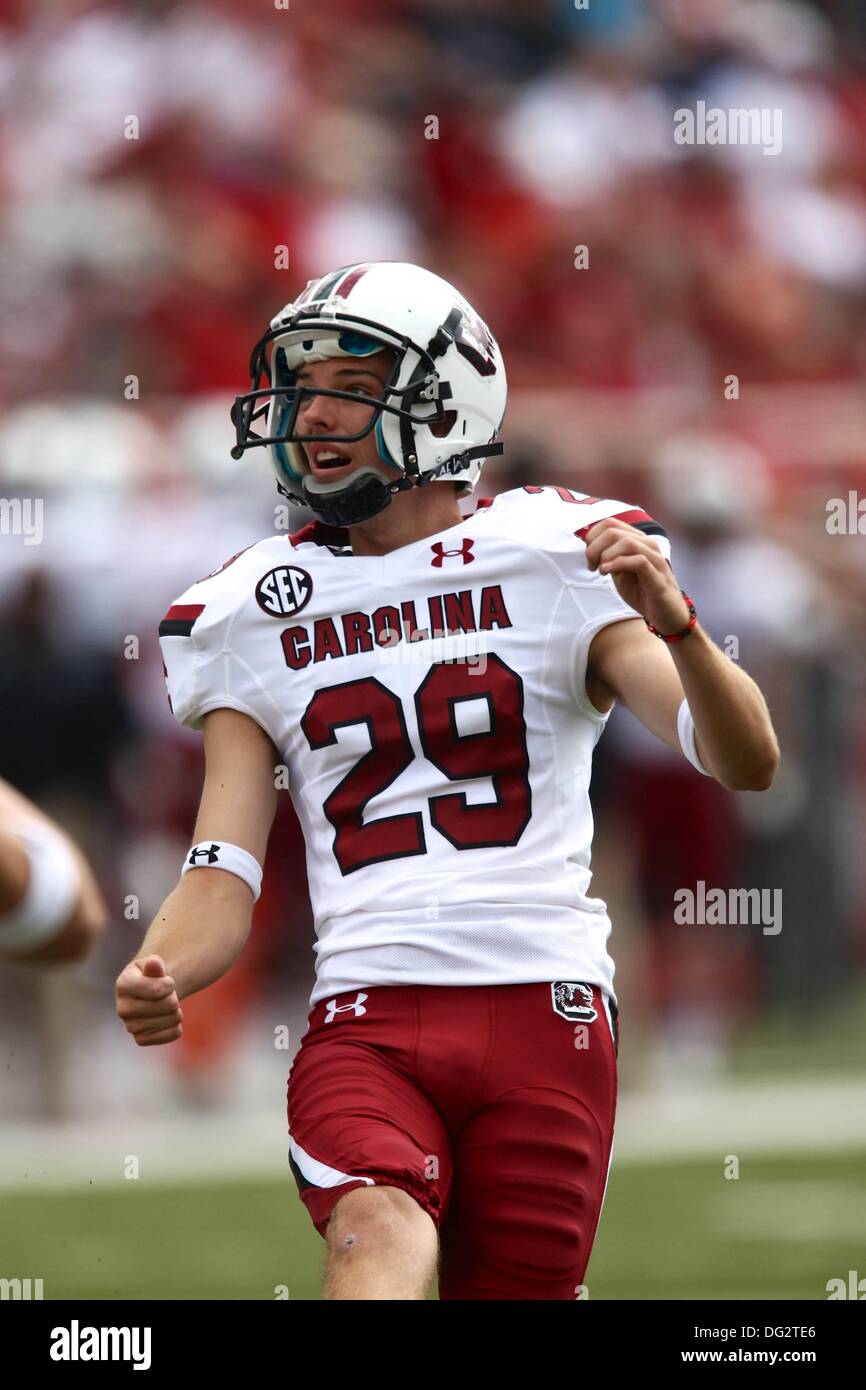World War II
On 7 December 1941,
Louisville, escorting
A. T. Scott and
President Coolidge, was en route from Tarakan, East Borneo, to Pearl Harbor. She continued on to Hawaii, stopped briefly to survey the damage and proceeded on to California. There she joined Task Force 17 (TF 17) and steamed from San Diego on 6 January 1942, for Samoa, landing troops there on 22 January. Her first offensive operation of the war came on her return trip when she took part in carrier plane raids on 1–2 February on the Gilbert and Marshall Islands. During this action, one of her scout planes went missing and the pilot and aircrewman were lost.
Louisville became the first large US ship to enter Philippine waters since 12 December 1941. On October 21, 1944, while
Louisville was bombarding Leyte she was hit by the kamikaze plane shrapnel killing one crew member. On 25 October 1944, she was in the Battle of Leyte Gulf, participating in the last engagement of a battle line as the Japanese southern force attempted to force its way into Leyte Gulf through Surigao Strait. Admiral Oldendorf deployed the American battle line across the strait and PT boats and destroyers on either side of the narrow body of water, defeating the Japanese ships as they passed through the strait.
Following Leyte operations, Louisville rejoined the fast carriers now designated TF 38, and participated in pre-invasion strikes against the enemy on Luzon. By the new year, 1945, Louisville was headed towards Lingayen Gulf. While en route on 5–6 January, two kamikazes headed for and scored on her. The first kamikaze on 5 January 1945 hit the No. 2 main battery 8-inch 55 caliber gun knocking it completely out of commission killing one man with 17 injured/burned including Captain Rex LeGrande Hicks. The second kamikaze on 6 January 1945 hit the starboard side signal bridge. Rear Admiral Theodore E. Chandler, commander of Cruiser Division 4 (CruDiv 4) was fatally injured helping the sailors man handle the fire hoses to put out the massive flames during the latter attack, and died of his wounds the following day. Commander (later Rear Admiral) William P. McCarty took control of Louisville and managed recovery efforts in fighting fires and restoration of equipment, for which he was awarded the Silver Star. 42 crewmen were also killed and 125 or more men were wounded. Bridge knocked out of commission at the time forced switch of control to battery no. 2 by second smoke stack. Despite extensive damage, the cruiser shelled the beaches and shot down several enemy planes before withdrawing on 9 January 1945 and proceeding to Mare Island Navy Yard for repairs.
Her repairs completed on April 10, 1945,
Louisville delivered Admiral Halsey's 50 officers and 100 staff to the battleship
Missouri at Guam and Louisville returned to the Pacific to join TF 54 in providing gunfire support for ground forces on Okinawa. On June 5, 1945, she was again hit by a kamikaze (initially identified as a friendly plane). Four twin 20 AA cannon opened up to set the kamikaze ablaze prior to hitting
Louisville which killed eight sailors on a quad 40 mm AA gun mount, injured 45 sailors, bent the number 1 smoke stack and cut Louisville's seaplane off and left only the pontoon on the catapult.
Louisville was back on the gun line by 9 June, to remain on station until ordered back to Pearl Harbor for repairs on 15 June.
Post-War
Louisville's ship's bell is on display at the Navy Operational Support Center in Louisville, Kentucky.
One of her main battery 8-inch 55 caliber gun turrets (Turret No. 2) damaged in a kamikaze attack on January 5, 1945, was removed and replaced. The turret was repaired, but with the end of the war it was no longer needed. After sitting for over a decade, it was taken to the Nevada Test Site and converted into a rotating radiation detector, to collect data on nuclear tests. The turret is located 86 miles NNW of Las Vegas (Lat 37.139455, Long -116.109085).











/cloudfront-us-east-2.images.arcpublishing.com/reuters/LDQG2KKRLJLC3P2GTKCVDRVE7E.jpg)


.jpg/1280px-USS_Cabot_(CVL-28).jpg)
_underway_at_sea,_circa_in_1911_(ggbain.08958).jpg/1280px-USS_McCall_(DD-28)_underway_at_sea,_circa_in_1911_(ggbain.08958).jpg)
_underway_in_the_Atlantic_Ocean_on_16_October_1992_(6482977).jpg/1280px-USS_Wainwright_(CG-28)_underway_in_the_Atlantic_Ocean_on_16_October_1992_(6482977).jpg)
_off_the_Mare_Island_Naval_Shipyard_on_17_December_1943_(19-N-57222)_(cropped).jpg/1920px-USS_Louisville_(CA-28)_off_the_Mare_Island_Naval_Shipyard_on_17_December_1943_(19-N-57222)_(cropped).jpg)
_is_hit_by_a_kamikaze_in_Lingayen_Gulf_on_6_January_1945_(80-G-363217).jpg)
